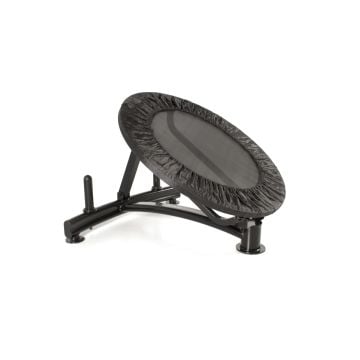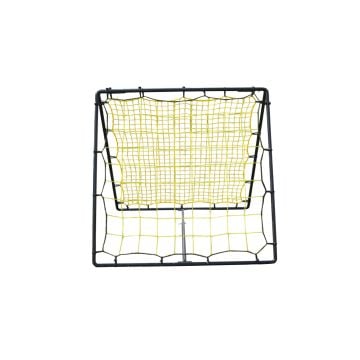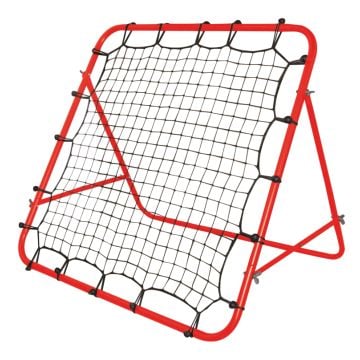
Rebounders
Buy a rebounder - that's what the rebound wall makes possible!
Children, young people and adults use rebounders in sports to train ball technique. The versatile ball baffle is used in different places. From schools to sports clubs to use in your own garden - the rebound wall is the perfect training aid in ball sports and can sometimes replace your training partner at times.
What are rebounders?
The rebound wall is a type of ball trampoline. It is an efficient training tool for a team and for individual training. Ball sports are the basic basis for using the rebounder. Such a ball impact wall consists of a steel frame. The steel frame contains a stretched, elastic polyester net. Such a mesh allows the ball to bounce back as soon as it hits the adjustable ball trampoline.
When buying a rebounder, what is important is the size and the adjustable installation angle. Many models can be individually adjusted and used. That is why the manufacturers offer different net sizes and models that can be adjusted in angle. Folded up again, rebounders can be stowed away to save space.
Where are ball baffles used?
The rebound wall is mainly suitable for club sports. But school sports also benefit from the ball trampolines. The stretched nets can be used in football training, on sports fields or in the home garden. The frame with the elastic net enables efficient ball control training. Therefore, the rebounder is mainly used for shot training and goalkeeper training. The training device is also suitable for targeted pass training.
For which sports are rebounders particularly suitable in training?
Ball sports that require a high level of accuracy and responsiveness benefit from the use of the ball impact wall. In contrast to soccer goals and the like, the ball bounces back, which makes training enormously more efficient. Specifically, this applies to the following types of ball sports:
- Hockey
- Volleyball
- Football (club, hobby and professional football)
- Handball
How are rebounders used?
How the ball baffle is used is uncomplicated: the basic aspect concerns the ball contact. A player throws, kicks or shoots the respective cue ball onto the rebounder's netting. The stretched net then causes a rebound. Three elements affect the way the ball rebounds:
- the width of the stitches
- the mesh size of the rebounder
- the deployment angle of the rebound wall
The cue ball either bounces back in a controlled manner and at a straight rebound angle or uncontrolled. The way in which the elastic net is played on has a decisive influence on the required reaction and speed of the respective player. This is required to quickly control the ball again. In football, the rebounder is also suitable for improving the goalkeeper's ball technique and skills.








